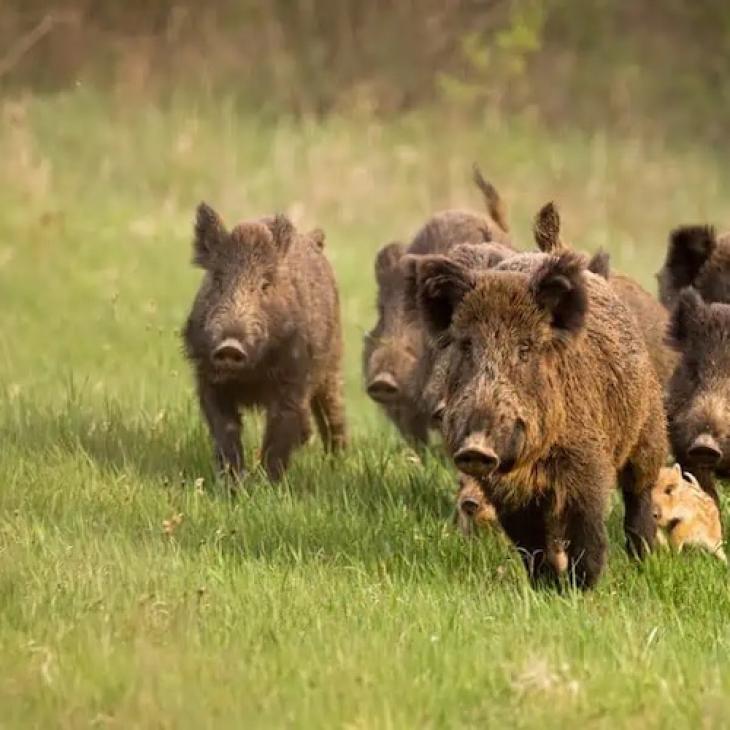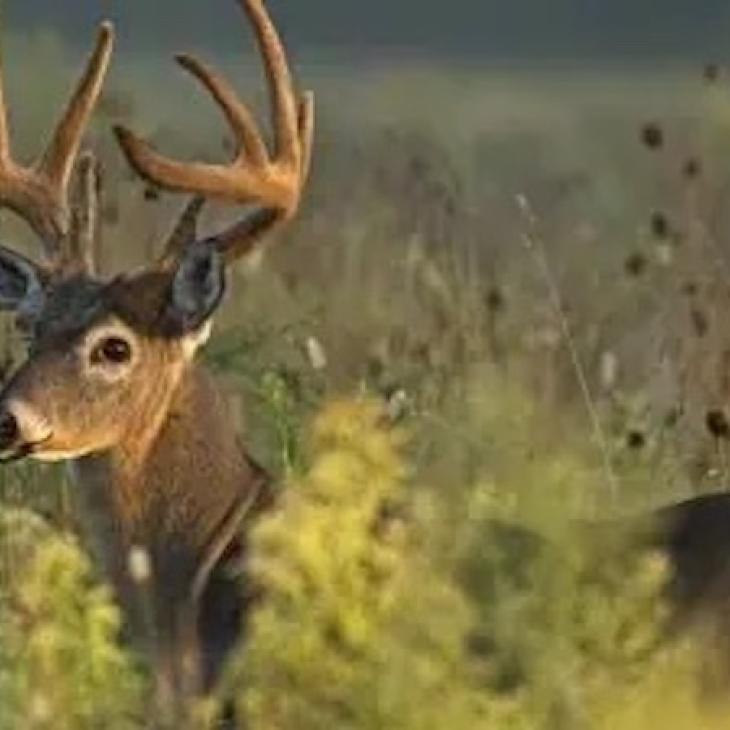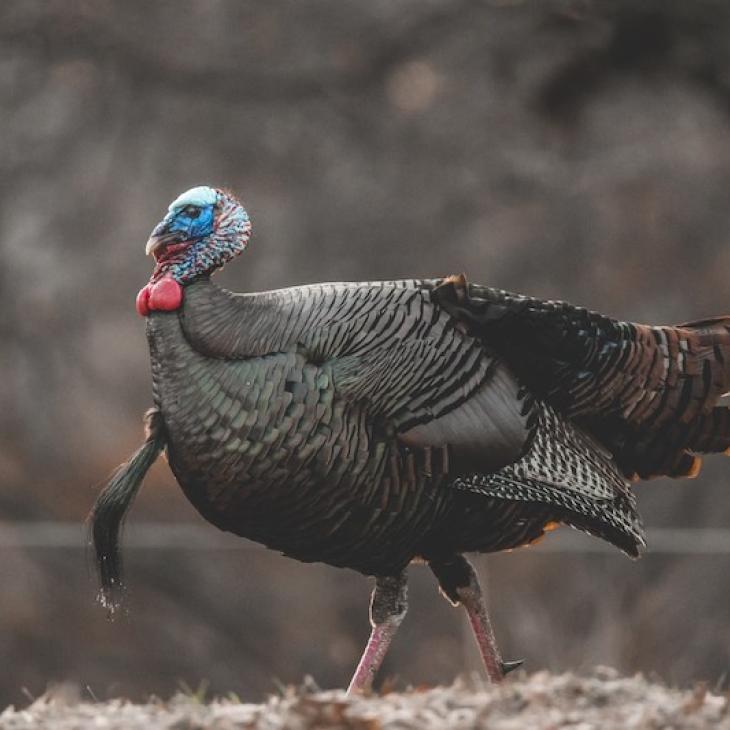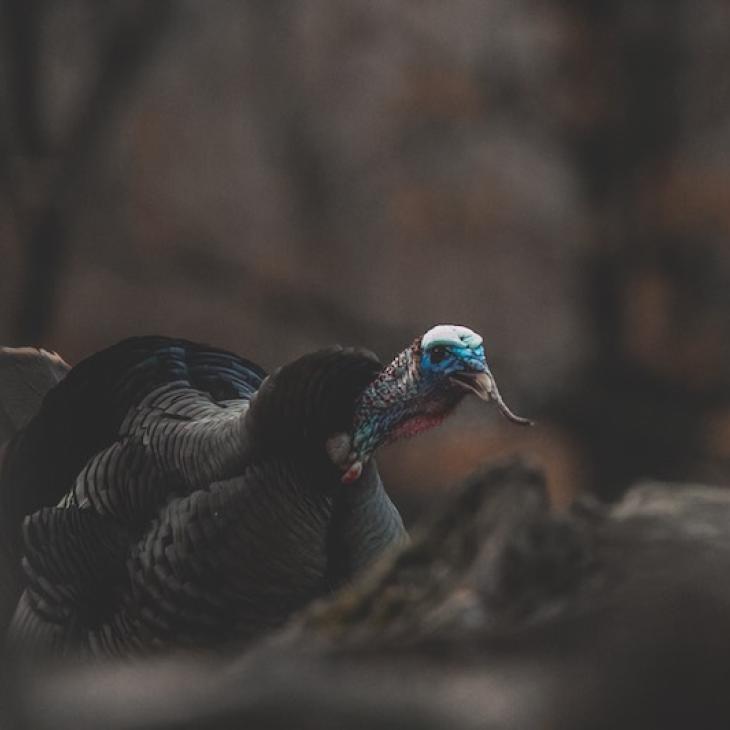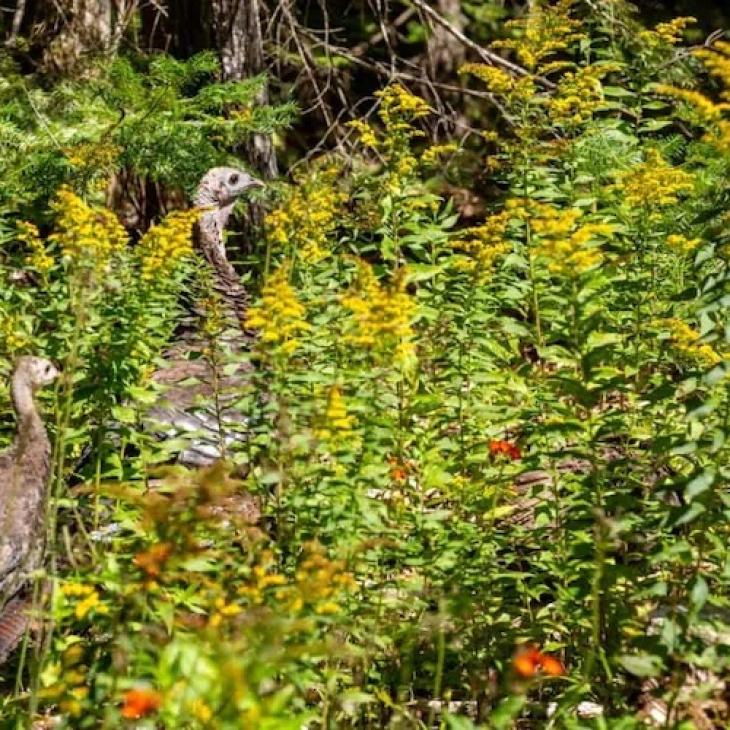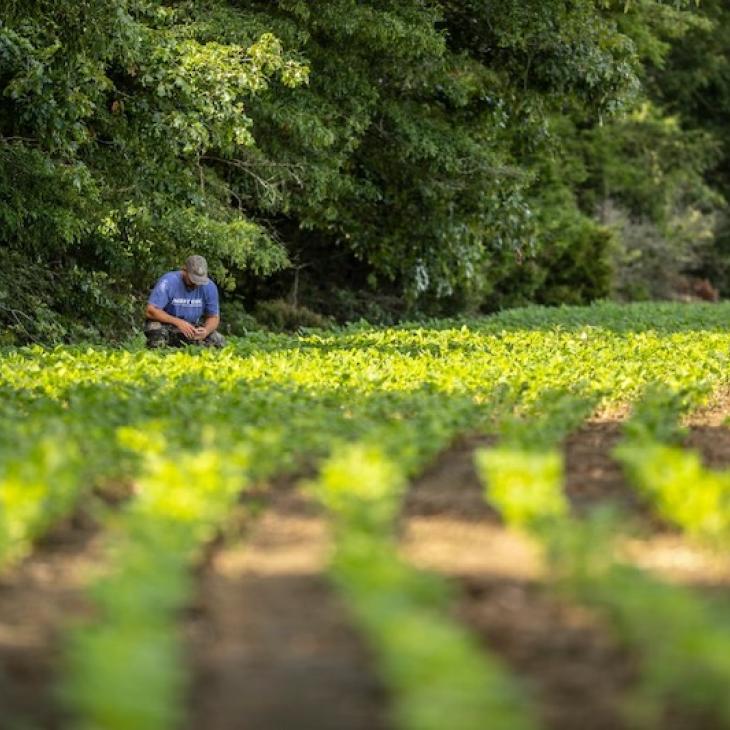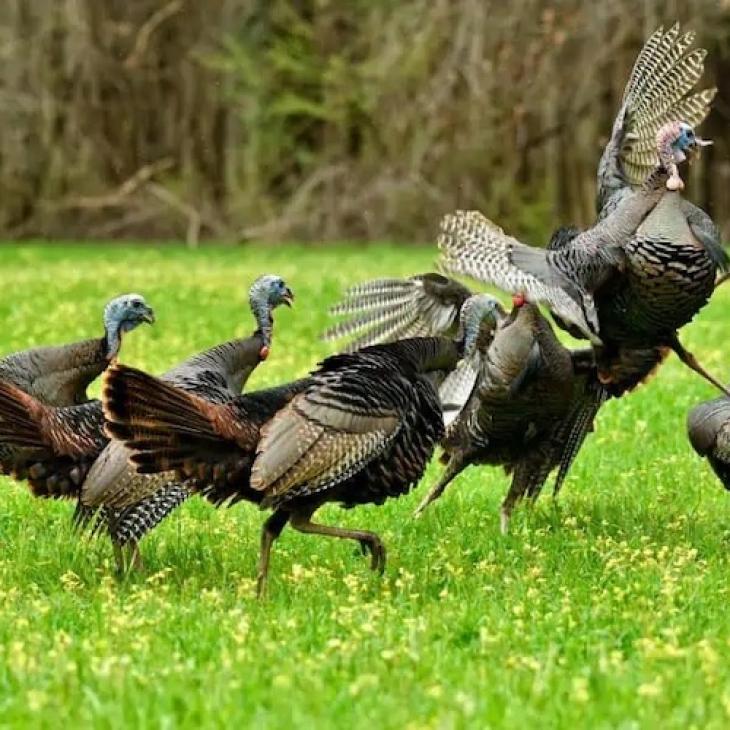THE LATEST ON FERAL HOGS
There are two types of wild land – the properties that have feral hogs on them, and the lands that are about to have feral hogs on them. Feral hogs have become a major threat to landowners and wildlife. Landowners have found that once they have wild pigs on their lands, more than likely, they’ll have a hard time getting rid of them. As soon as you get rid of the ones you have others move in. The average wild hog weighs from 50 to 250 pounds and possesses a high degree of intelligence. They have


